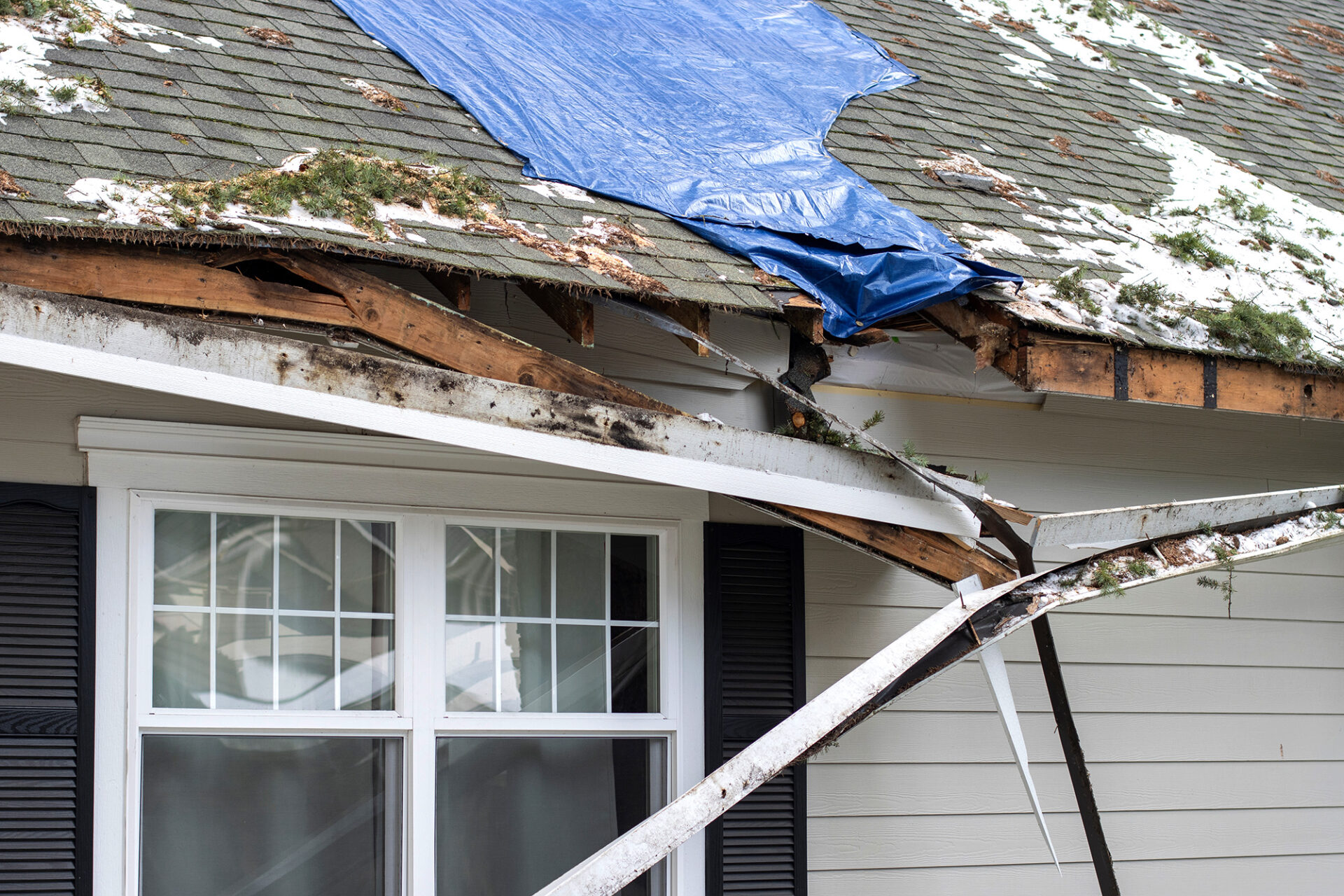Roof Storm Damage Repair: A Homeowner’s Guide
Severe weather can wreak havoc on your home, and your roof is often the first line of defense against harsh elements. Whether it’s heavy winds, hail, or torrential rain, storm damage can compromise your roof’s integrity, leading to costly repairs if not addressed promptly. Here’s a comprehensive guide on identifying, assessing, and repairing roof storm damage.
Signs of Roof Storm Damage
After a storm, it’s essential to inspect your roof for signs of damage. Here are some key indicators:
Missing or Damaged Shingles – Strong winds can lift or tear away shingles, exposing the underlayment.
Hail Damage – Look for dents or bruising on shingles and gutters, which may indicate hail impact.
Leaks or Water Stains – Water stains on ceilings or walls suggest potential leaks caused by storm damage.
Debris on Roof – Fallen branches or other debris can damage shingles and compromise structural integrity.
Clogged or Damaged Gutters – Excess debris can clog gutters, leading to water buildup and potential roof leaks.

Steps to Take After a Storm
- Conduct a Preliminary Inspection
While you should avoid climbing onto the roof yourself, you can perform a visual inspection from the ground using binoculars. Take note of any visible damage and document it with photos for insurance purposes.
- Check for Interior Damage
Look for water stains on ceilings, peeling paint, or mold growth inside your home, which may indicate a leaking roof.
- Contact a Professional Roofing Contractor
A licensed roofing professional can perform a thorough inspection and provide an estimate for repairs. Avoid DIY repairs, as improper fixes can lead to more significant problems.
- File an Insurance Claim
If the damage is significant, contact your homeowner’s insurance company to initiate a claim. Provide documented evidence of the damage, and work with an adjuster to assess repair costs.
- Perform Temporary Fixes if Necessary
If leaks are present, cover damaged areas with a tarp to prevent further water intrusion while awaiting repairs.
Roof Repair and Replacement Options
Depending on the extent of the damage, you may need:
Shingle Replacement – If only a few shingles are damaged, a simple replacement may suffice.
Partial Roof Repair – Sections of the roof may require reinforcement or new materials.
Full Roof Replacement – Severe damage may necessitate a full replacement to maintain structural integrity.
Preventing Future Storm Damage
To minimize future damage, consider:
Regular Roof Maintenance – Schedule annual inspections to identify and address minor issues.
Trimming Overhanging Trees – Prevent branches from falling onto your roof during storms.
Upgrading Roofing Materials – Impact-resistant shingles and reinforced materials can offer better protection.
Securing Loose Shingles – Ensure all roofing materials are properly fastened to withstand high winds.
Roof storm damage can be overwhelming, but addressing issues promptly can prevent further deterioration and costly repairs. If you suspect your roof has sustained damage, consult a professional roofing contractor for an inspection and necessary repairs. Being proactive with maintenance and upgrades can also help protect your home from future storms.